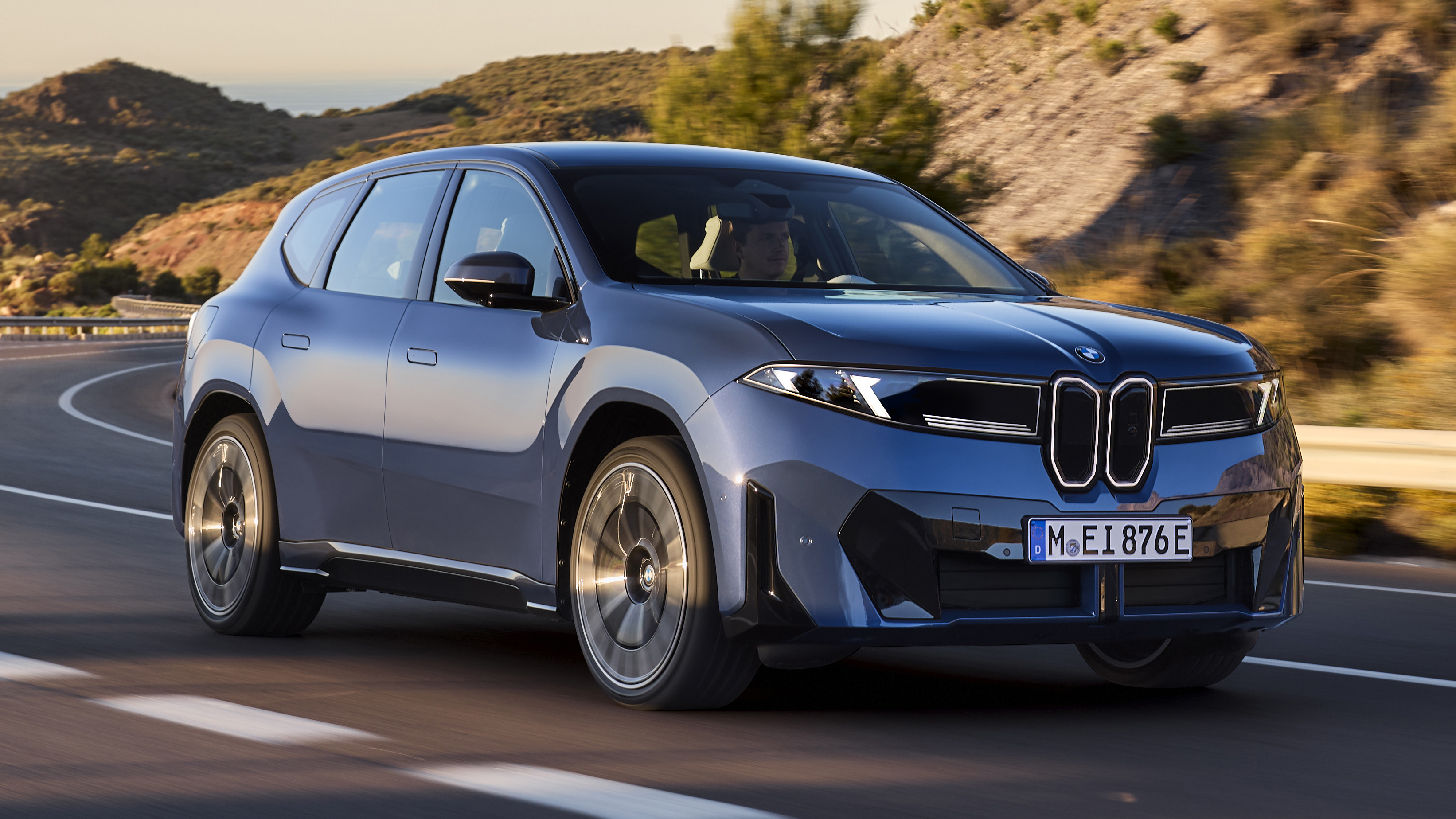Electric Vehicle Revolution: 'Smarter Battery' Promises to End Range Anxiety

Amidst a shifting landscape for electric vehicles, advancements in battery technology continue to emerge, with a notable development from a Massachusetts Institute of Technology (MIT) lab. Cambridge-based 24M Technologies has unveiled its innovative “SemiSolid” battery architecture, dubbed ETOP (Electrode-to-Pack), which promises to significantly enhance EV performance by boosting range and charging speed, or by reducing battery size and cost. This system is positioned as a potential leap beyond current "cell-to-pack" designs, addressing fundamental inefficiencies in existing battery constructions.
The majority of today’s EV batteries are constructed in a layered, "nesting doll" fashion. This process involves manufacturing small, individual cells, each encased with protective materials, which are then grouped into modules, and finally assembled into a larger pack. While this method is proven and safe, it is inherently inefficient. Even with "cell-to-pack" architectures, which aim to reduce some waste, 24M highlights that typical EV batteries dedicate only 30-60 percent of their total pack volume to active energy storage material. The remaining volume is occupied by packaging and structural components, essentially "dead weight" that adds to the battery's size and mass without contributing to its energy capacity.
24M’s ETOP system radically alters this traditional approach. Instead of encapsulating energy-storing materials within thousands of individual, separately cased cells, ETOP seals the electrodes themselves directly within thin polymer films. These films are then stacked directly into the battery pack, eliminating the need for extra casings and intermediate modules. This streamlined design drastically minimizes wasted space, allowing up to 80 percent of the battery pack’s volume to be dedicated to active material. Such a substantial increase in active material density directly translates into greater energy density for the pack, which can result in a longer driving range, a smaller and lighter battery pack, a more cost-effective solution, or a combination of these benefits.
To illustrate the impact, 24M suggests that a conventional 75-kWh battery pack, common in many mid-size EVs today, could potentially hold over 100 kWh of energy using the ETOP architecture within the same physical space and with the same chemical composition. This represents a significant 33-50 percent increase in range. Alternatively, automakers could integrate more affordable and inherently safer battery chemistries, such as Lithium Iron Phosphate (LFP), without compromising the vehicle's current range capabilities. This flexibility could pave the way for more accessible and affordable electric vehicles, broadening their appeal without sacrificing usability.
The "cells" within the ETOP system feature a distinctive construction: each electrode is coated in an electrolyte material, then a separator is rolled onto it, creating a sandwich structure with the other electrode. This entire assembly is then sealed within a thin polymer film. A critical component is 24M’s proprietary "Impervio" separator, which consists of a conductive layer sandwiched between two insulating polyethylene (PE) layers. This advanced technology is specifically engineered to actively suppress the growth of metal dendrites. Dendrites are a notorious problem in batteries, as their unchecked growth can short-circuit a cell and potentially lead to fires if they bridge the gap between electrodes. Despite their thin form factor, these ETOP "cells" remain individually addressable, allowing the battery management system (BMS) to monitor voltage and detect faults for enhanced safety and performance. This contrasts sharply with traditional prismatic cells, where electrode material is immersed in a shared, often flammable, liquid electrolyte; in ETOP, the electrolyte is discretely sealed with each set of electrodes.
Furthermore, 24M's proprietary "Eternalyte" electrolyte is a liquid formulation acclaimed for its high ionic conductivity across various cathode chemistries. This enables extremely rapid charging speeds, with claims of achieving 200 miles of range in under four minutes. Eternalyte is also designed to maintain high performance even in extreme cold, down to -40 degrees Celsius. However, the term "SemiSolid" trademarked by 24M refers specifically to its manufacturing process, not the electrolyte itself. This process eliminates the need for binders or drying agents, resulting in clay-like, thicker "semi-solid" electrodes. These electrodes can incorporate a significantly higher proportion of active battery material, further contributing to the claimed improvements in energy density.
Beyond performance, the ETOP architecture offers substantial manufacturing and packaging advantages. The process reportedly involves fewer precision manufacturing steps, which can lead to lower factory costs, higher production yields, and a simplified quality control procedure. The flexible nature of the electrode/separator sandwiches allows them to be trimmed to virtually any size or shape. This adaptability enables better utilization of otherwise unused spaces within a vehicle, such as the wings of an electric plane, or in cars, potentially leading to lower floor designs for improved legroom and increased cargo capacity. Additionally, by simply flipping the ETOP "cells," they can be easily wired in parallel or series configurations, simplifying the achievement of desired voltages, from 48V for hybrid applications to 400/800-volt switchable packs optimized for fast charging.
In essence, 24M’s ETOP technology can be likened to efficiently packing a bag without the constraints of rigid folding, maximizing usable space. By dramatically reducing wasted volume, this innovation could unlock the potential for electric vehicles and other electrified transport to achieve longer ranges, blazing fast charging speeds, and become more affordable—or even offer all these benefits simultaneously in the future. While these compelling claims are derived from company statements and promising lab results, and independent expert validation is still largely awaited, the ETOP system represents a significant and exciting prospect for the future of battery development, one that holds promise for meeting consumer demands for more capable and accessible EVs.
Recommended Articles
Chevy Silverado EV Shatters Range Barrier: A Mind-Blowing 1,059-Mile Single Charge!

General Motors' Chevrolet Silverado EV Work Truck has set a new range record, traveling an astounding 1059.2 miles on a ...
BMW's Electric Revolution: Neue Klasse iX3 Arrives with 500-Mile Range and Qualcomm AI

The BMW iX3 marks the debut of the Neue Klasse generation, showcasing significant advancements in electric performance, ...
BMW's Future Unveiled: Neue Klasse EVs with Qualcomm 'Superbrain' & 500-Mile Range Arrive!

BMW has introduced the iX3, the inaugural production model of its revolutionary "Neue Klasse" generation, featuring adva...
Tesla Unleashes Nürburgring-Developed Model Y Performance, Dominates SUV Showdown

The electric SUV market is intensely competitive, with a comprehensive comparison of seven popular 2025 models revealing...
Tesla's Robotaxi Takes On Waymo, Model Y Redefines Performance & Autonomous Future

This comprehensive analysis delves into the evolving automotive landscape, comparing Waymo and Tesla's robotaxi services...
You may also like...
Digital Portfolios Are the New Business Cards; Here’s How to Build One That Gets Seen

In today’s digital-first economy, your online portfolio is your handshake, résumé, and elevator pitch rolled into one. H...
Career Pivoting: Why Changing Paths Might Be the Smartest Move You Make

In a world where stability often overshadows fulfillment, career pivoting may be the smartest move for professionals se...
Why Your First Failure Might Be the Best Thing That Ever Happened to Your Business

Failure isn’t the end of entrepreneurship, it’s the education success never gives. Here’s why your first business collap...
Consumerism vs Culture: Is Africa Trading Values for Trendy Lifestyles?

Is Africa trading its cultural values for trendy lifestyles? Explore how consumerism, foreign brands, and social media p...
The War on Boys: Are African Male Being Left Behind in Gender Conversations

Why are African boys and men often left out of gender empowerment programs? Explore how emotional suppression, lack of m...
Pay Slip, Motivation Slips: The Silent Crisis Among the Working Class

Across Nigeria, millions of workers are trapped in jobs that pay just enough to survive but too little to live. Beneath ...
Premier League's Unsung Heroes: Bournemouth, Sunderland, and Tottenham Shockingly Exceed Expectations

This Premier League season sees teams like Bournemouth, Sunderland, and Tottenham exceeding expectations. Under Thomas F...
El Clasico Fury: Yamal Controversy and Refereeing Blunders Ignite Post-Match Debates
)
Real Madrid secured a 2-1 El Clasico victory over Barcelona amidst significant controversy surrounding a late penalty de...